Laser marking may look like magic, but it's actually pure physics—wielded with precision. Many buyers hesitate because they don't really understand what’s happening under the hood. That ends today.
A laser marking machine works by directing a focused beam of light to heat, oxidize, or vaporize the surface material—creating high-contrast, permanent marks with zero contact and no ink.
If you're trying to choose a marking system or explain one to a team member, it helps to understand the science behind the machine. This is your shortcut to that clarity.
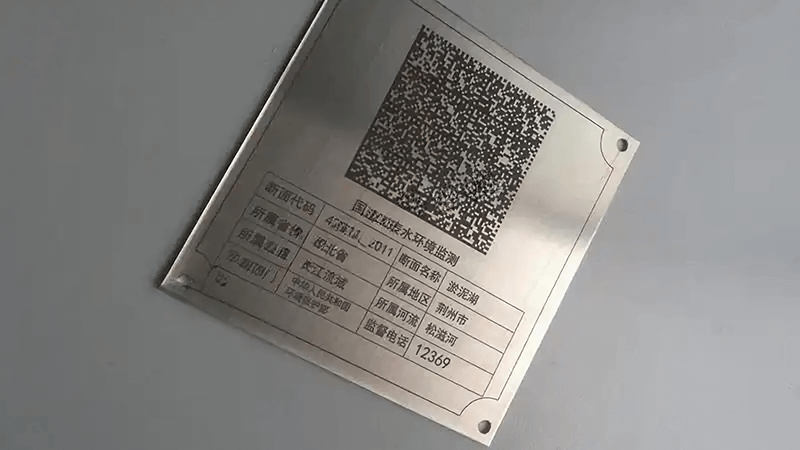
What is the frequency of laser marking?
Laser frequency sounds technical, but it's one of the most important factors in how well your mark turns out. People often confuse it with laser power. They’re not the same.
Laser marking frequency refers to the pulse repetition rate—the number of laser pulses fired per second, usually measured in kilohertz (kHz). It affects marking speed, depth, and material response.
Understanding Frequency in Simple Terms
There are two key parts in a pulsed laser marking system1: the power of each pulse, and how many pulses it fires per second. That second one? That’s frequency.
- Low frequency (e.g., 20 kHz): Each pulse is more powerful. It digs deeper, but it's slower and risks burning some materials.
- High frequency (e.g., 100 kHz): Pulses are faster, lower energy. It marks more gently, great for plastics or sensitive coatings.
Here’s a breakdown:
| Frequency Range | Material Suitability | Speed | Depth | Typical Use Case |
|---|---|---|---|---|
| 20–30 kHz | Metals (stainless steel, brass) | Medium | Deep | Serial numbers, data plates |
| 50–100 kHz | Plastics, coatings | Fast | Shallow | Barcodes, logos, electronics |
| 100+ kHz | Very thin films, PCB, anodized | Ultra-fast | Very shallow | High-speed production, IC chips |
At Kirin Laser, our engineers help clients fine-tune frequency2 depending on the material and application. One food-grade manufacturer needed precise, readable QR codes on glossy foil wrappers—we bumped up frequency to reduce burn-in. The result? Clean contrast at 300mm/s.
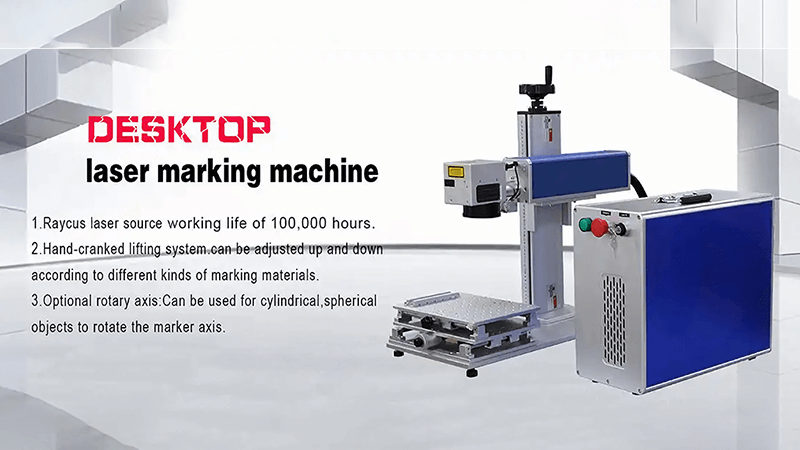
How deep is laser marking?
One of the most common questions I get is: “Can your laser mark deep enough to last?” It's a fair question, especially for outdoor or high-wear parts.
Laser marking depth depends on the machine type, power, frequency, and material hardness. On metals, typical depth ranges from 0.01mm (for light marks) to 0.5mm or more for deep engraving.
Let’s Break Down the Depth Factors
Not all laser marks are created equal. You have surface marking, annealing, and deep engraving. Here’s how depth is controlled:
1. Machine Type Matters
- Fiber Laser3: Ideal for deep metal marks. At Kirin, our 50W MOPA fiber can engrave up to 0.5mm on stainless steel with multiple passes.
- CO2 Laser: Works better on organics (wood, leather, paper). It marks shallow on glass or plastics.
- UV Laser: Less about depth, more about precision—perfect for micro text.
2. Passes & Power
The deeper the mark, the more energy it needs. Multiple passes = deeper cuts. But going too deep too fast overheats material and causes cracking.
| Laser Type | Max Depth (per pass) | Typical Materials |
|---|---|---|
| 20W Fiber | ~0.05 mm | Steel, aluminum, brass |
| 50W Fiber | ~0.12 mm | Same, plus harder alloys |
| CO2 60W | ~0.03 mm | Wood, leather, acrylic |
For example, a client making aerospace tags needed deep marks4 on titanium. We used a 50W fiber, optimized focus, and slowed speed. The result: 0.3mm deep marks that survive salt spray tests.
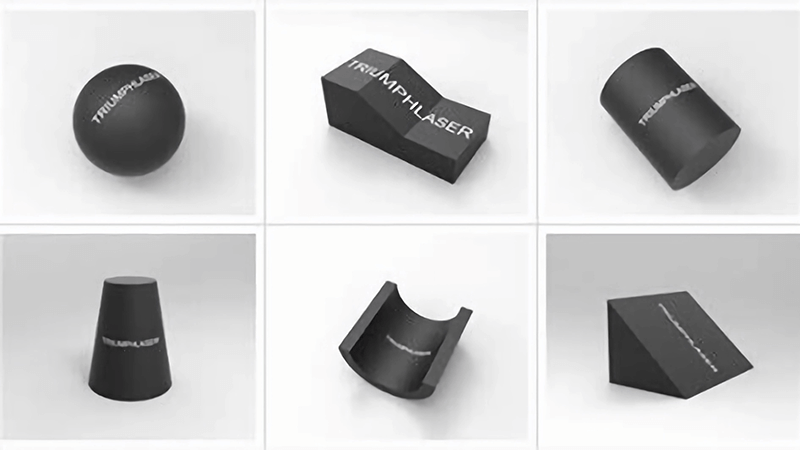
What are the disadvantages of laser marking?
Laser marking offers speed, permanence, and no consumables—but it's not perfect. It’s important to understand where it may not be ideal, especially for new users or budget-conscious teams.
Laser marking systems have high upfront costs, require technical setup, and may struggle with highly reflective or transparent materials without adjustments.
Here’s a Balanced Look at the Downsides
I always encourage prospects to weigh the pros and cons before choosing laser. Here are the key limitations we see at Kirin:
1. Initial Investment
- A full system can cost thousands of dollars.
- Fiber lasers: $3,000–$10,000+
- CO2 lasers: ~$2,000+
- Plus training and installation costs.
Many wholesalers offset this with OEM bulk pricing—we offer that at Kirin Laser5 to help lower per-unit cost.
2. Material Limitations
- Highly reflective metals (like polished aluminum): Need pre-treatment or lower power to avoid bounce-back.
- Transparent plastics/glass: Standard fiber or CO2 won’t work well—UV laser6 is better.
3. Technical Complexity
You need to understand:
- Lens calibration
- Focus height
- Frequency/power balance
- Ventilation and fume extraction
Our team once helped a distributor in Ohio reduce scrap rate by simply tuning galvo speeds and focus height. But without guidance, it's easy to get wrong.
| Disadvantage | Workaround / Solution |
|---|---|
| High Cost | OEM pricing, shared machines |
| Reflective Surfaces | Anti-glare coating, angle adjustments |
| Setup Complexity | Training, remote support from Kirin |
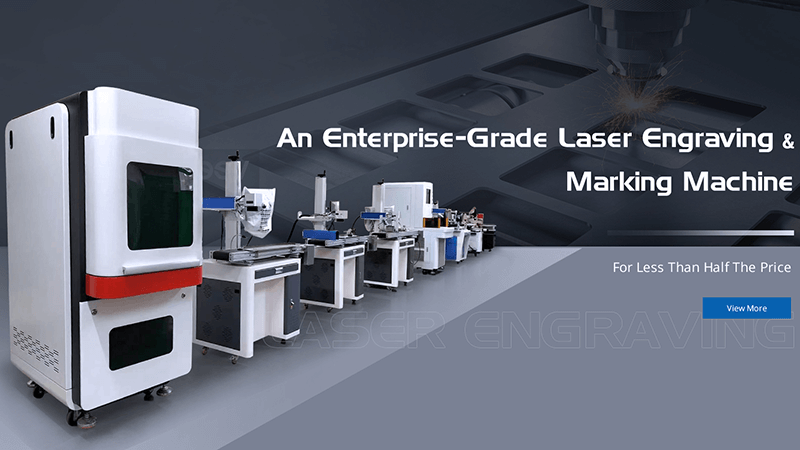
What are some interesting facts about laser engraving?
After you’ve seen hundreds of parts roll off the line, you start to appreciate how cool laser technology really is. Let’s geek out a little.
Laser engraving isn’t just for logos. It’s used in aerospace, medical tools, luxury watches, and even food packaging. Some machines engrave as small as 0.003mm—thinner than a human hair.
Surprising Use Cases & Capabilities
1. Medical & Aerospace
Laser marks meet strict standards like UDI (Unique Device Identification7). They’re biocompatible and permanent.
We supplied a client in Florida who engraved surgical scissors. Their fiber machine produced micro-engraved serial numbers at 5,000mm/s.
2. Tiny But Mighty
- Laser beams can engrave QR codes smaller than a grain of rice.
- We’ve tested line widths under 30 microns—used in semiconductor tools.
3. Laser on Food
Yes, really. CO2 lasers8 mark bananas, eggs, and even tortillas for branding. No ink, no contamination.
4. Sustainability
Laser marking replaces stickers, ink, and etching chemicals. Zero consumables = cleaner production.
| Application | Industry | Machine Type |
|---|---|---|
| UDI Marking on Forceps | Medical Devices | Fiber Laser |
| Logo on Coffee Beans | Food & Beverage | CO2 Laser |
| Circuit Board ID | Electronics / IC | UV Laser |
| Serial on Tools | Manufacturing | Fiber Laser |
One customer engraved their stainless tumblers with custom logos for resale—and sold out in a week. No screens, no inks—just fast, clean branding.
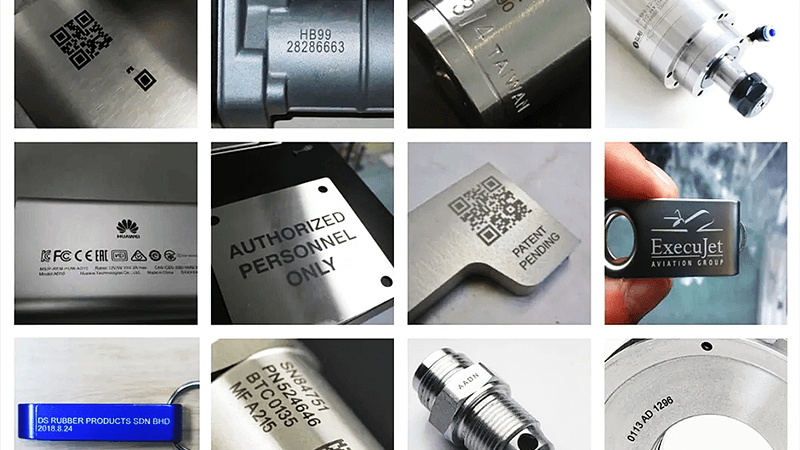
Conclusion
Laser marking9 isn’t just a tool—it’s a transformation. It brings speed, precision, and permanence to almost any material, without ink or wear. From understanding frequency to mastering depth, from handling limitations to exploring niche applications, the laser world is deep and wide. At Kirin Laser, we help you make the most of it—one beam at a time.
-
Explore this link to understand the technology behind pulsed laser marking systems and their applications. ↩
-
Learn how frequency impacts the quality and efficiency of laser marking, crucial for selecting the right settings. ↩
-
Explore the benefits of Fiber Lasers for deep engraving, especially in metal applications, to enhance your understanding of laser technology. ↩
-
Learn effective techniques for achieving deep marks in laser engraving, crucial for high-quality results in various materials. ↩
-
Explore Kirin Laser's OEM pricing and support services to understand how they can help reduce costs and improve efficiency for your laser needs. ↩
-
Discover how UV lasers can effectively process transparent materials, offering solutions where standard lasers fall short, enhancing your project outcomes. ↩
-
Understanding UDI is crucial for compliance in the medical field, ensuring safety and traceability of devices. ↩
-
Discover how CO2 lasers offer a clean, ink-free solution for marking food, ensuring no contamination and maintaining product safety. ↩
-
Find the best laser marking machine and laser marking solutions from Kirin Laser, clicking this link to get all your needs. ↩





